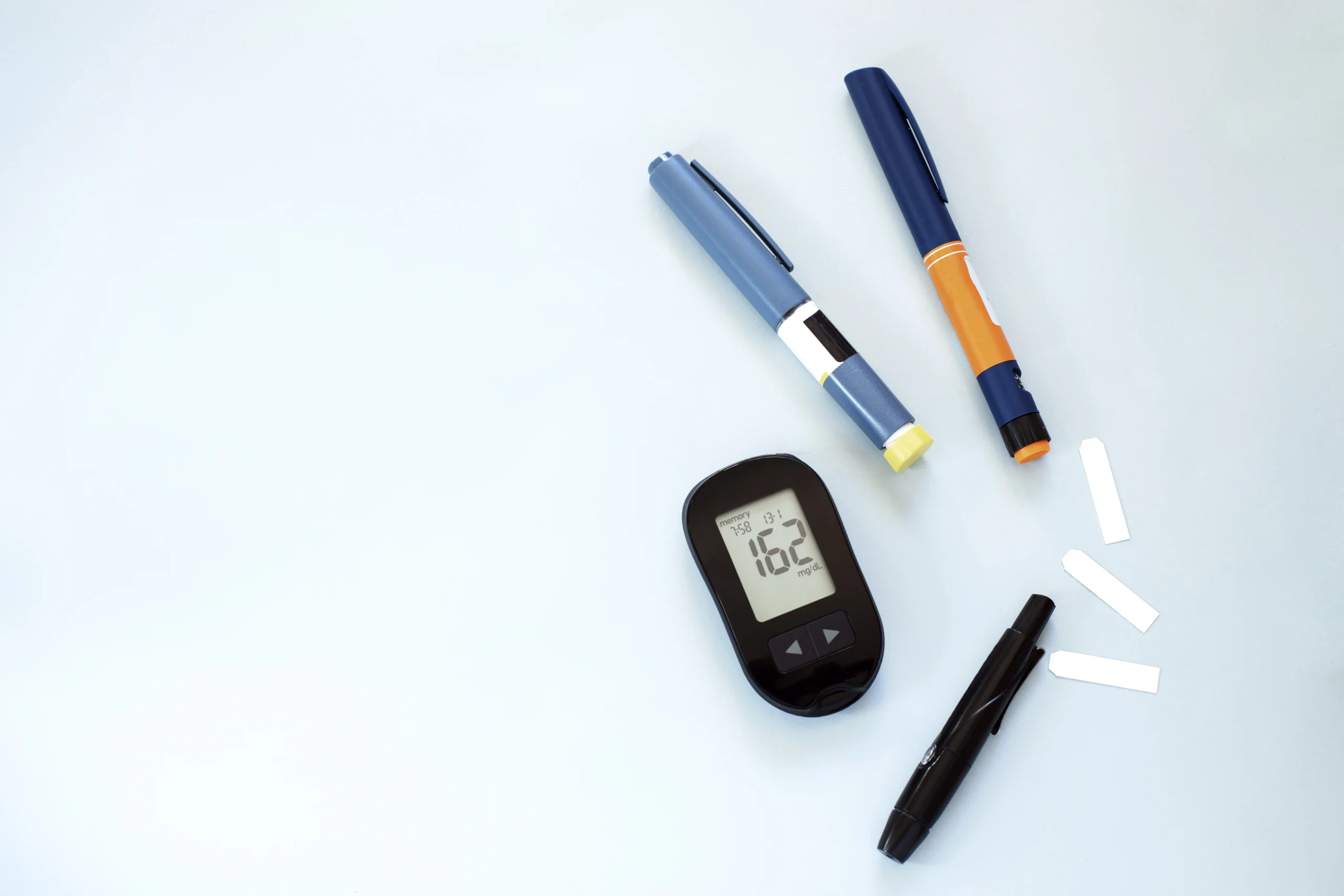Type 1 diabetes facts
Although type 1 diabetes (T1D) is a serious and challenging disease, long-term management options continue to evolve, allowing those with T1D to enjoy full and active lives.

Better understanding T1D
T1D is an autoimmune disease that causes the body’s immune system to mistakenly destroy insulin-producing beta cells in the pancreas. This means that the pancreas stops producing insulin, the hormone that controls blood-sugar levels , and exogenous insulin must be taken (by injection or pump) for the rest of that person’s life. The cause of this attack is still being researched, however scientists believe the cause has genetic and environmental components.
Who gets T1D
Type 1 diabetes can be diagnosed at any age. Anyone can get T1D at any age, although 10-14 is the most common age of onset in most populations. There is a genetic component, and therefore people with a family history are more likely to get this disease. T1D is often perceived as having a quick onset – by the time that symptoms begin (excessive thirst, frequent urination, fatigue, weight loss, etc.) a significant amount of beta cell destruction has already occurred and exogenous insulin (either via injection or with a pump) will be needed immediately.
How T1D is managed
Type 1 diabetes is a 24/7 disease that requires constant management. People with T1D continuously and carefully balance insulin intake against eating, exercise and other activities. They must also measure blood-sugar levels through finger pricks or by wearing a flash or continuous glucose monitor. Thanks to advances in research and technology, many people who are insulin dependent now use artificial pancreas systems (also known as hybrid closed-loop systems) to automatically administer their insulin, and these systems are likely to become increasingly accessible and affordable in the coming years.
Even with a strict regimen, people with T1D may still experience dangerously high or low blood-glucose levels that can in extreme cases, be life threatening. Living with T1D means becoming actively involved in daily disease management.
Insulin is not a cure
While insulin therapy keeps people with T1D alive and can help keep blood-glucose levels within recommended range, it is not a cure, nor does it prevent the possibility of T1D’s serious effects.

The outlook for treatments and cures
Although T1D is a serious and challenging disease, long-term management options continue to evolve, allowing those with T1D to enjoy full and active lives.
Breakthrough T1D is driving research to lessen the impact of T1D on people’s lives until a cure is achieved.
Facts and figures
~300,000
Canadians have T1D. Nationally, the number of cases has been growing at an estimated 4.4% per year – much higher than Canada’s population growth of approximately 1.0% per year. At this rate, there is expected to be 455,580 Canadians living with T1D by 2040.1
12,000
people of all ages are diagnosed with T1D in Canada each year.1
~71%
of individuals with T1D are diagnosed as adults.1
$15,000
A Canadian living with diabetes can face direct costs for medication and diabetes supplies of up to $15,000 per year.2
15x
Parents, children and siblings of individuals with T1D have a 15-fold greater risk of developing the disease than the rest of the population.3
85%
Of people diagnosed with T1D do not have a family connection, despite the increased risk of T1D in first degree relatives.3
Up 34%
The incidence (number of new cases per year) of T1D has increased 34% between 2000 and 2022.1
89%
of people currently living with T1D in Canada are adults.1
300
On average, a person living with T1D has to make over 300 decisions per day regarding their food consumption, activity, and insulin just to manage their blood glucose levels.
42
There are 42 factors that impact blood glucose, it’s not just about carb counting!
References
- Type 1 Diabetes Index;
- Casey, B. (2019.) A Diabetes Strategy for Canada: Report of the Standing Committee on Health. Canada: House of Commons.
- Besser, REJ, Bell, KJ, Couper, JJ, et al. ISPAD Clinical Practice Consensus Guidelines 2022: Stages of type 1 diabetes in children and adolescents. Pediatr Diabetes. 2022; 23(8): 1175-1187. doi:10.1111/pedi.13410